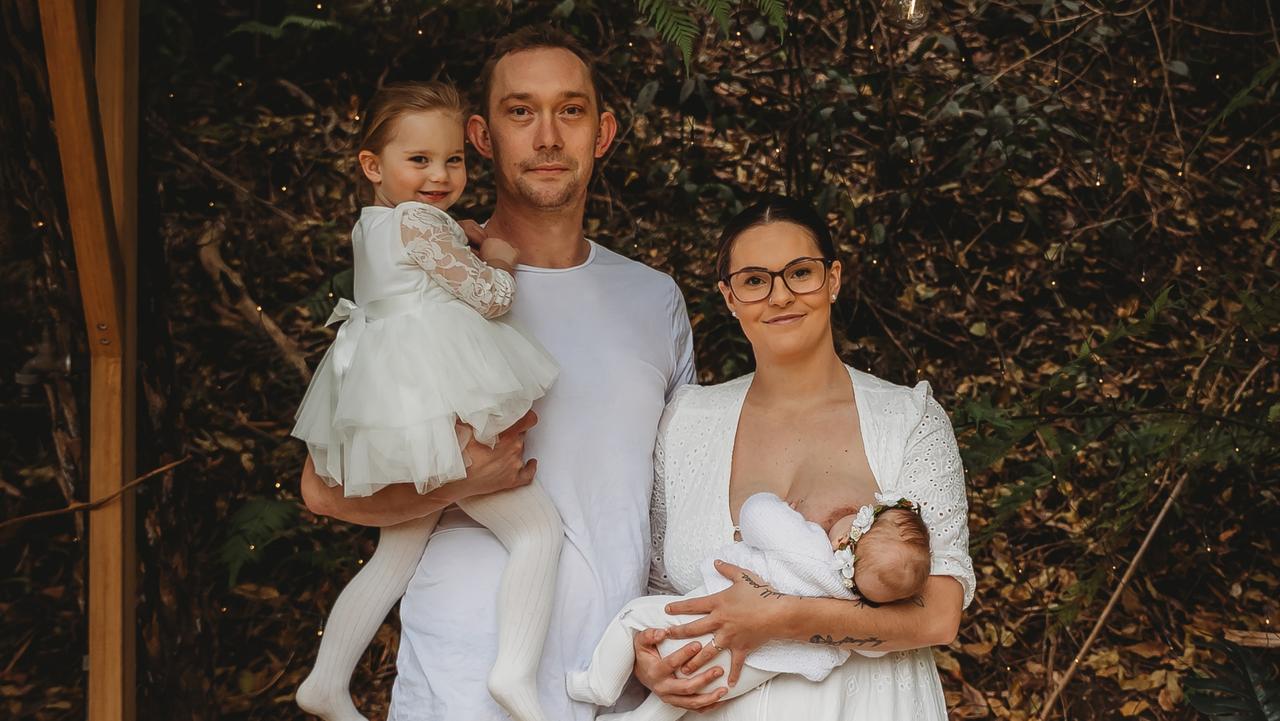Death of the backyard: Detached dwellings dwindling in Sydney
In order to keep up with the growing population, high-rise shoeboxes are taking over and in turn, Sydney is killing the backyard.
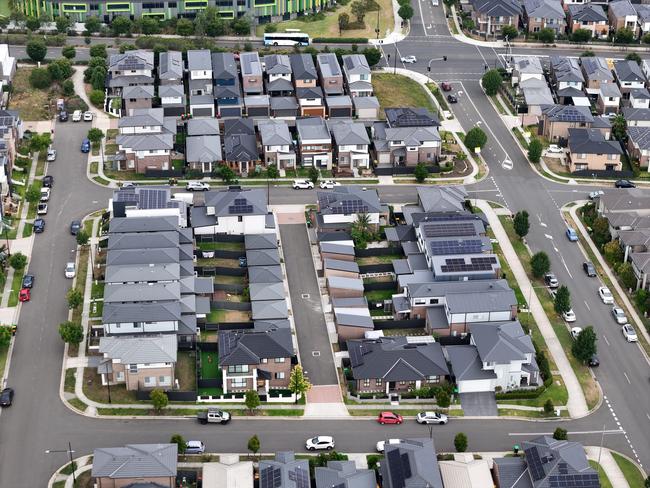
NSW
Don't miss out on the headlines from NSW. Followed categories will be added to My News.
A rapidly growing population fuelled by immigration is killing off the Sydney backyard and creating a future where high-rise shoeboxes will be the dominant dwellings in the Harbour City.
Leith van Onselen, chief economist at MacroBusiness, told The Daily Telegraph his prediction is based on established data that shows the next generation will live in a different looking Sydney.
The Urban Taskforce has projected that only 25 per cent of dwellings across Sydney will be detached houses by 2057, compared to 55 per cent in 2016.
Apartments over the same period will climb from 30 per cent to 50 per cent of the Sydney dwelling mix while attached homes such as terraces, duplexes and townhouses will increase from 14 per cent to 25 per cent.
An Australian Bureau of Statistics report in 2022 also revealed how new houses in Sydney were largely unchanged in size but being built on significantly smaller blocks due to factors including increased land costs.
In 2006 the average block size for a new build in Sydney was 654 sqm. By 2021 it had dropped to 423 sqm, a fall of more than 35 per cent.
The Daily Telegraph has also learned that in residential areas across Greater Sydney, around 7700 dwellings were built on lot sizes of less than 270 sqm between July 2018 and June 2024.
“That is the death of the Australian backyard right there,” said van Onselen. “Our children and grandchildren will be forced to live in postage stamp-sized lots more than 50km from the CBD, or in high rise shoebox apartments.”
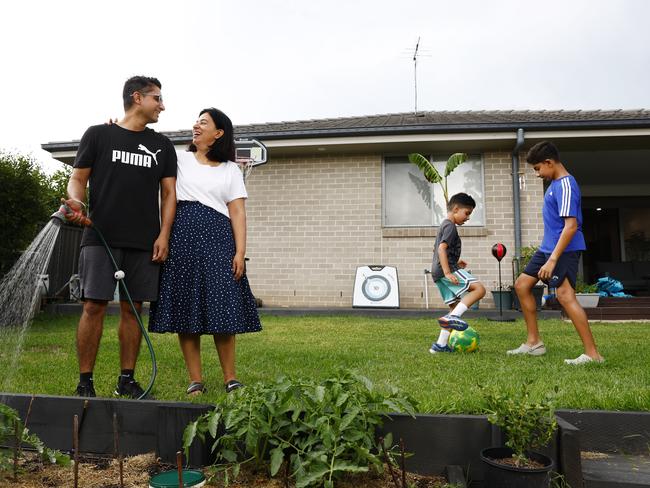
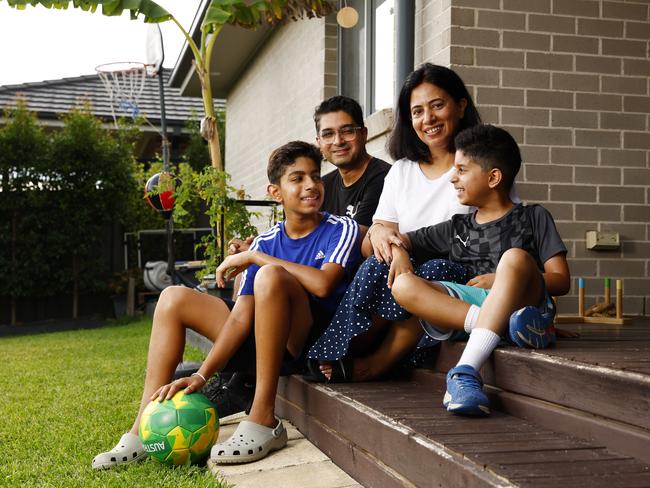
Mr van Onselen claims excessive immigration is behind the housing mix changes with the transformation triggered by a need to keep pace with Sydney’s exploding population.
An Infrastructure Australia Report predicted Sydney will increase from 4.68 million people in 2016 to 7.34 million in 2046, a jump of almost 2.7 million or 57 per cent over a 30-year period.
The federal Centre for Population provided updated figures last December, projecting Sydney would have around 6.5 million residents by the middle of 2034 – an increase of 900,000 people in a decade.
“You’re going to need a helluva lot of houses and a helluva lot of infrastructure to cope with that population increase, and you can’t have one without the other,” said Mr van Onselen.
“But we don’t have the resources to do both and we haven’t for years. If you slow immigration you slow Sydney’s population growth. Sydney will grow at a moderate pace and it won’t have the housing crisis it finds itself in at present.”
Net overseas migration to NSW last year added 142,000 to the State’s population, the majority of them Sydney-based.
In a bid to combat the housing crisis, the NSW Government has a five-year plan to add 377,000 “new well-located homes across the state by 2029”.
New housing targets have been set for 43 local government areas in the state. Those earmarked for the most number of new dwellings are The Hills (23,300), Blacktown (21,400), Parramatta (19,500), City of Sydney (18,900) and Liverpool (16,700).
The Minns Government has already found itself falling behind the statewide targets and a 2024 NSW Productivity and Equality Commission report helps explain why, saying many residential projects in Sydney were not feasible in the current economic climate.
“In many places, the sale price of a new home such as an apartment does not cover the costs and risk a developer faces to build that home,” the report reads.
“As a result, many residential developers are pausing their projects until the numbers stack up. Low feasibility is being driven by high interest rates and high construction costs, which have increased costs relative to the prices developers receive for selling new homes.”
One way of reducing costs is to build new houses on smaller blocks. In Blacktown, housing lots in established residential areas must be at least 450 sqm while recently developed residential areas have a minimum lot size of only 225 sqm.
According to a Blacktown City Council spokesman: “Council is responsible for setting lot sizes for established areas, whereas the NSW Government is responsible for setting minimum lot sizes for recently developed areas.”
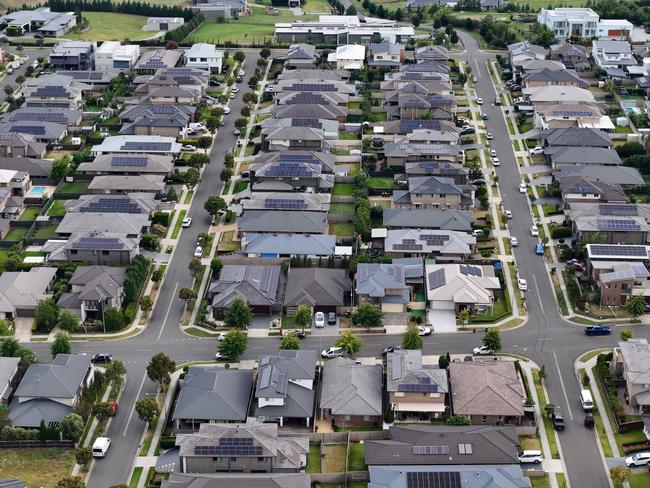
It is a similar story in The Hills where block sizes in established areas are 700 sqm compared to newly-developed residential areas where the lot size minimum is 225 sqm.
“Smaller backyards mean more housing, more people and a greater demand on our local facilities, and we feel this in The Hills,” said Mayor, Dr Michelle Byrne.
“Already, we are in a $182 million infrastructure deficit in Box Hill – an area we did not plan. Our roads are choked up, sports fields and parks are at capacity, and we desperately need more schools and a hospital.
“If the NSW Government allows smaller lots, they have a responsibility to fund the infrastructure people need to support their quality of life.”
Campbelltown has seen house blocks in residential areas fall around 35 per cent since 2010 when the average was 650 sqm.
Mayor Darcy Lound said: “Providing diverse housing options gives people choice and helps to ensure members of growing families are able to stay in their local area.
“Campbelltown has a variety of housing options across the LGA that includes rural living, apartments and houses with a range of lot sizes.
“Campbelltown is doing its part to address Sydney’s housing supply shortage by providing this mix of housing options but it’s important we also have the investment in transport infrastructure to match.”
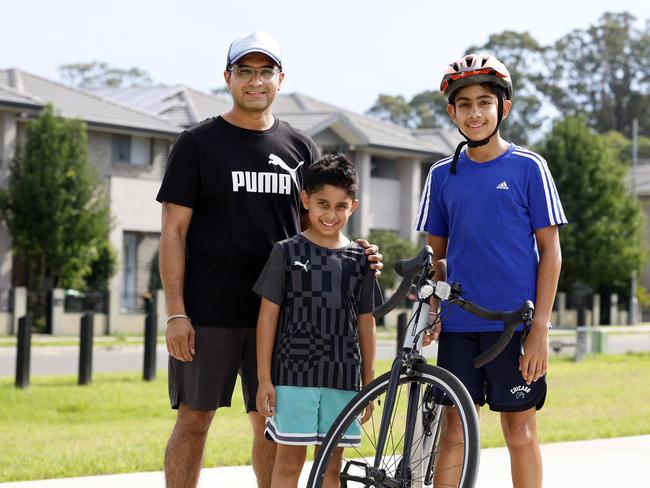
But Urban Taskforce CEO Tom Forrest disagreed with calls to reduce immigration or to despair about shrinking house blocks.
“We need strong immigration to boost the economy,” he said “Our ageing population means we have a growing number of retirees and not enough workers. Every industry is struggling with labour supply issues.”
Mr Forrest was also adamant that smaller backyards and more high-density was a stark reality Sydneysiders needed to accept.
“We’ve been sucked into the post-war American ‘Happy Days’ dream of a big house, fence, garage, backyard and pool,” he said. “This has burdened Sydney as we face physical and economic constraints.
“We are in a housing supply crisis and need to cut cloth accordingly. Smaller blocks are part of the solution. They allow us to accommodate more houses and more people on the limited areas of land we have available.
“Every home does not need a large backyard if there is a public park nearby. We need more of all forms of housing to overcome the current crisis.”
More Coverage
Originally published as Death of the backyard: Detached dwellings dwindling in Sydney



